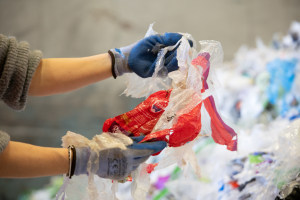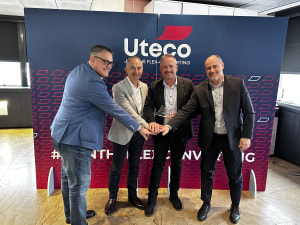The launch of Petrifilm Plates in 1984 was an advancement for microbial testing in the food industry. Technical product specialist for Neogen Australasia, Diana Pregonero Guzman, reflects on its impact and the ongoing evolution of food safety technology.
There’s no question that the launch of Petrifilm Plates in 1984 was viewed as a major step forward for microbial testing in the food industry. In contrast to the traditional agar method that had been the accepted standard since the 19th century, Neogen Petrifilm Plates are easy to use and deliver fast, reliable results with accurate and consistent performance.

Since its inception, the Petrifilm Plate portfolio has steadily grown, with new additions emerging every few years. Currently, the line-up boasts an impressive selection of 16 distinct Petrifilm Plates, 10 of which deliver results in 24 hours or less.
It has become one of the world’s most trusted tests, with more than 2.85 billion plates used by labs in more than 60 countries.
The simple elegance of Neogen Petrifilm Plates belies a complex interface of various scientific disciplines between two sheets of plastic film. It takes a lot of engineering, microbiology, chemistry, biochemistry, and material science to deliver the appropriate microenvironments for microbial growth. Yet the result is so simple to use, almost anyone can be trained to do it.
The 40th anniversary of Petrifilm is a celebration of what has been achieved and a reminder of the ongoing evolution of food safety technology in response to greater scrutiny and pressure from market forces.
One notable shift in recent years is the increasing influence of social media on customer awareness, especially when it comes to brands facing adverse events. Unlike the past, where such information might take time to surface, today, it’s instantaneous.
This heightened awareness has made the food industry acutely conscious of the profound impact these adverse events can have on brands, which intensifies the importance of both food safety and quality.
End consumers are demanding to know what is in the food they are eating; from how it’s grown or raised, to how it’s processed and produced.
In addition, regulatory requirements are becoming more stringent. Food processors are not only being audited by industry regulators, but they are also audited by their retailer customers to qualify as an approved supplier.
This is all while having to pass their own internal testing and product specifications to maintain their own established quality and safety standards.
Food processors need total confidence in test methods and a broad portfolio of solutions.
Tools like Neogen Petrifilm play a pivotal role in offering assurance to brands. Reliable methods developed through rigorous testing provide a safety net, and Petrifilm has earned more than 105 global validations, certifications, and recognitions.
In addition to reliability and accuracy, speed is another critical component. Methods with a slow time to result reduce the shelf-life and value of perishable products. While any delay in identifying contamination adds to both wastage and lost production.
Food and beverage processors are constantly under pressure to make time-sensitive decisions, so the ability to efficiently and reliably detect and count bacteria is critical.
To meet that need, the Petrifilm team embarked on the creation of a portfolio of rapid plates, which cut incubation by up to half the amount of time – saving food and beverage processing plants time and capital while maintaining the highest degree of accuracy and reliability.
In 2004, the Petrifilm Plate Reader, a device that eliminates the need for manual colony counting and data entry, was added to the portfolio.
In 2021, the multi award-winning Petrifilm Plate Reader Advanced was introduced; a robust automation platform and software system with the ability to count up to 900 Petrifilm Plates per hour, reducing enumeration time by up to 94 per cent.
The product offers a game-changing combination: elimination of technician errors, enhanced traceability through stored information linked to specific plate images, and a drastic reduction in the time required to count plates.
Neogen Petrifilm now boasts a 40-year legacy of innovation and advancement of food safety technology. But rather than be satisfied with leading the pack, Neogen continues to push forward by leveraging science to address the needs of customers that are currently unmet or could be better served.
This article first appeared in the June/July edition of Food & Drink Business.






